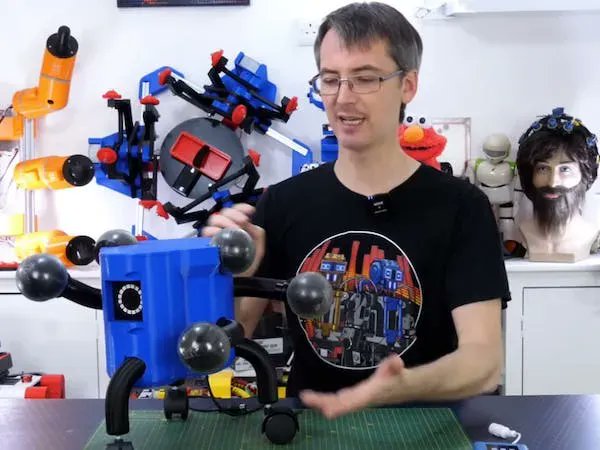To test the limits of his engineering skills, James Bruton built a real instrument based on a design created by an AI.
Artificial intelligence (AI) is now affordable enough and common enough that people can use it for a cheap laugh. As a professional writer, I’ve been amused by the clumsy output of AI writing services. In a similar vein, AI-generated art has appeal — not as a genuine portrayal of the human condition, but as entertainment at the bizarre output. These images are attempts by an AI to combine visual representations of the input keywords into a cohesive whole. To test the limits of his engineering skills,
James Bruton built a real instrument based on a design created by an AI.
Some AIs are actually pretty good at creating
surreal art or even very specific kinds of realistic art, like portraits. Surreal art works because it doesn’t need to make sense. Portraits work because human faces are all quite similar. But AIs struggle to produce original designs for physical objects that make sense geometrically. You can try this yourself by asking an AI to create any old appliance around your home. At first glance, it will look a bit like a real thing. But the longer you look, the more you notice Escher-esque details that couldn’t exist in reality. That’s why Bruton had a big challenge ahead of him when he decided to take on this project.
Mots-clés : cybersécurité, sécurité informatique, protection des données, menaces cybernétiques, veille cyber, analyse de vulnérabilités, sécurité des réseaux, cyberattaques, conformité RGPD, NIS2, DORA, PCIDSS, DEVSECOPS, eSANTE, intelligence artificielle, IA en cybersécurité, apprentissage automatique, deep learning, algorithmes de sécurité, détection des anomalies, systèmes intelligents, automatisation de la sécurité, IA pour la prévention des cyberattaques.






